North Korea Flag Meaning
The flag of North Korea, adopted in 1948, combines red, white, and blue with a central red star. Its design reflects socialist symbolism while incorporating elements rooted in Korean identity. For the state, it represents revolution, unity, and loyalty, while for observers it has become one of the most recognizable emblems of the modern Korean peninsula.
- Continent
- Asia
- Adopted
- 1948
- Ratio
- 1:2
- Colors
- red, blue, white
- Designer
- Adopted by the Workers' Party of Korea
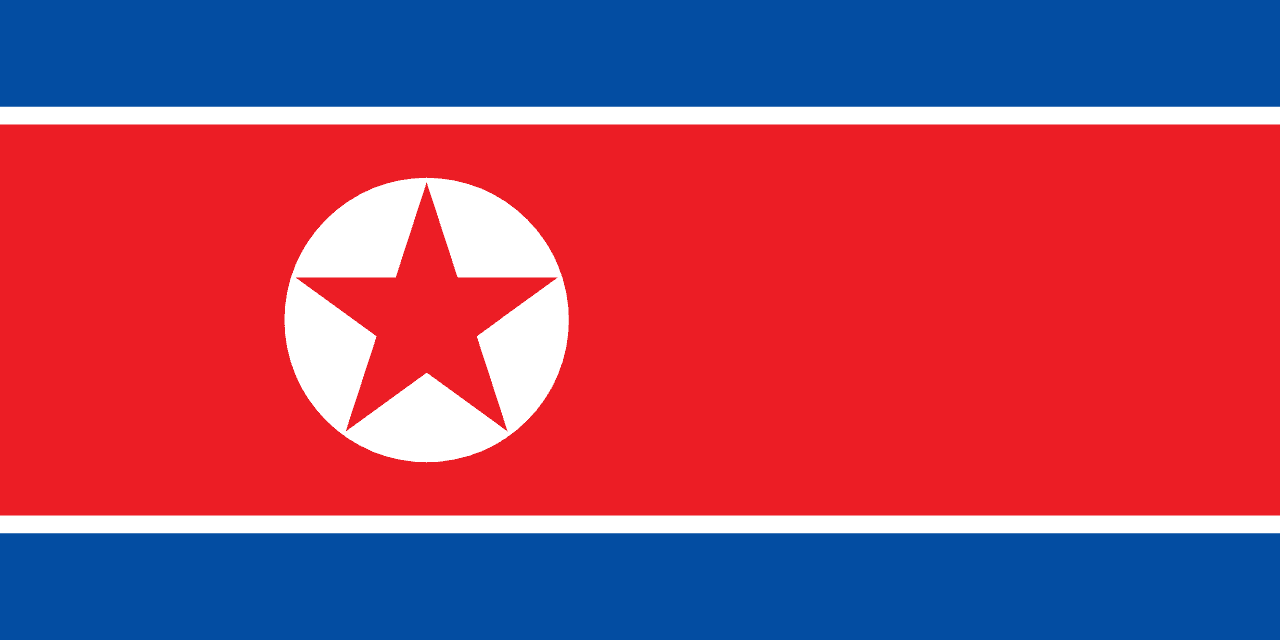
Symbolism
Red Stripe: Represents revolutionary traditions and patriotism.
Blue Stripes: Symbolize sovereignty, peace, and friendship.
White Stripes: Reflect purity, dignity, and Korean cultural heritage.
Red Star: Represents socialism and the guiding role of the Workers' Party.
History
- 1945: Korea was divided into North and South after World War II.
- 1948: The Democratic People’s Republic of Korea was established, adopting the current flag.
- 1950–1953: The Korean War solidified division between North and South Korea.
Trivia
- The flag is officially called the 'Ramhongsaek Konghwagukgi' in Korean.
- White is a traditional Korean color, symbolizing purity and national identity.
- The red star connects North Korea to communist symbolism.
- Unlike South Korea, North Korea’s flag does not use the yin-yang taegeuk.
- The flag is heavily associated with state propaganda and ideology.
Related Countries
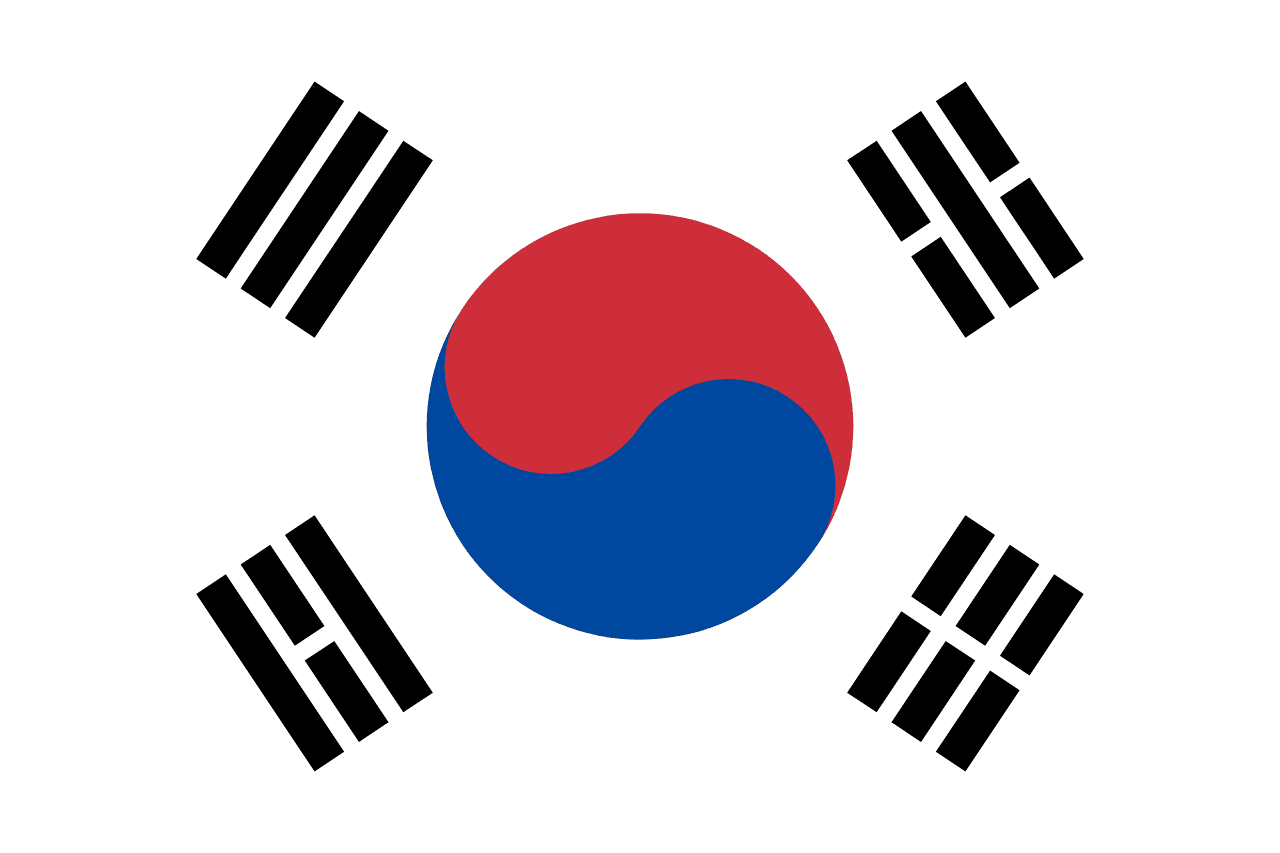
South Korea
Asia
A white field with a red and blue taegeuk (yin-yang symbol) in the center surrounded by four black trigrams from the I Ching, representing the harmony of opposites, the balance of natural forces, and the philosophical foundations of Korean civilization dating back thousands of years.
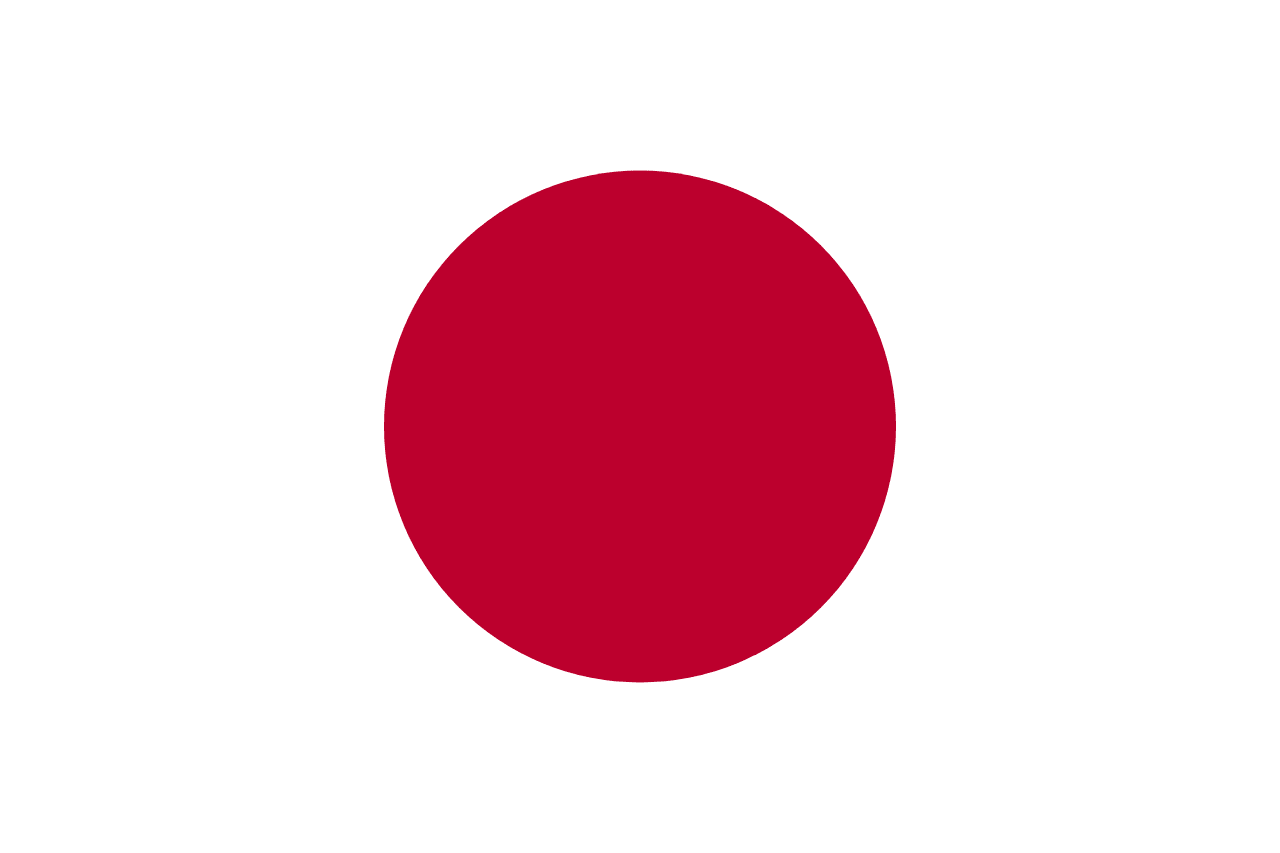
Japan
Asia
Hinomaru - the rising sun disc on white field, one of the world's oldest flag designs representing Japan as the 'Land of the Rising Sun'.

Taiwan
Asia
A red field with a blue canton containing a white twelve-pointed sun, representing the Republic of China flag adopted in 1928, symbolizing the Three Principles of the People (nationalism, democracy, livelihood), the twelve traditional Chinese hours, and the aspiration for progress and development.
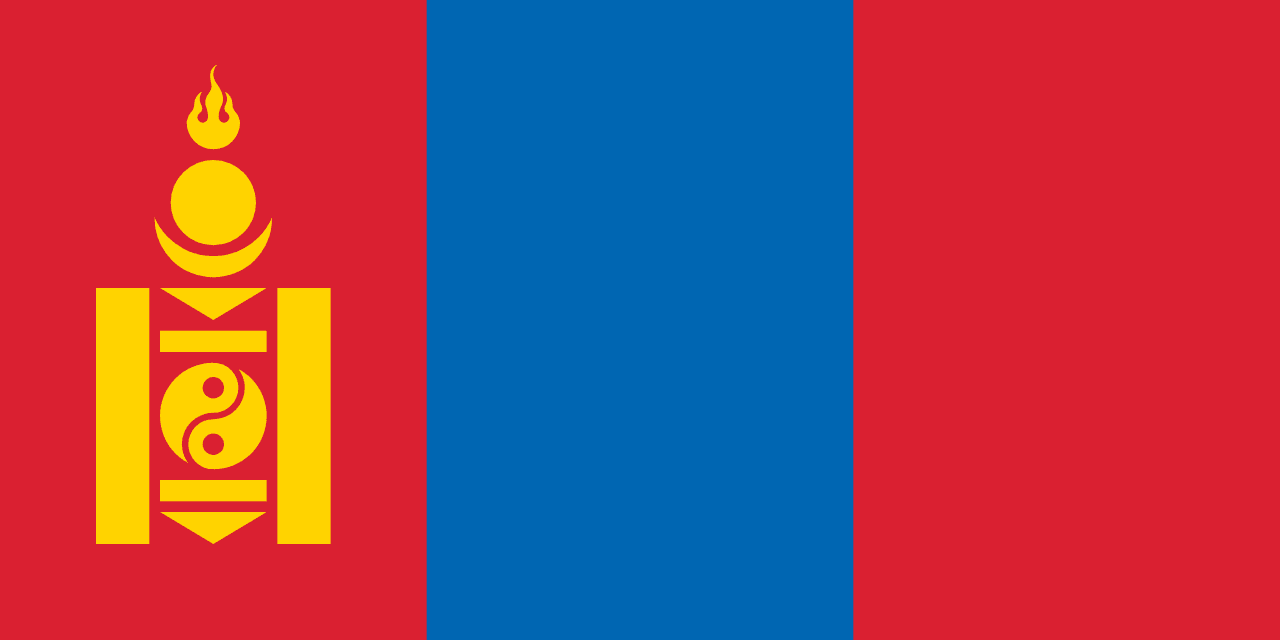
Mongolia
Asia
Three vertical stripes of red, blue, and red with the ancient Soyombo symbol in yellow on the hoist-side red stripe, representing Mongolia's transition to democracy and its deep philosophical traditions rooted in Tengrism and Buddhism.
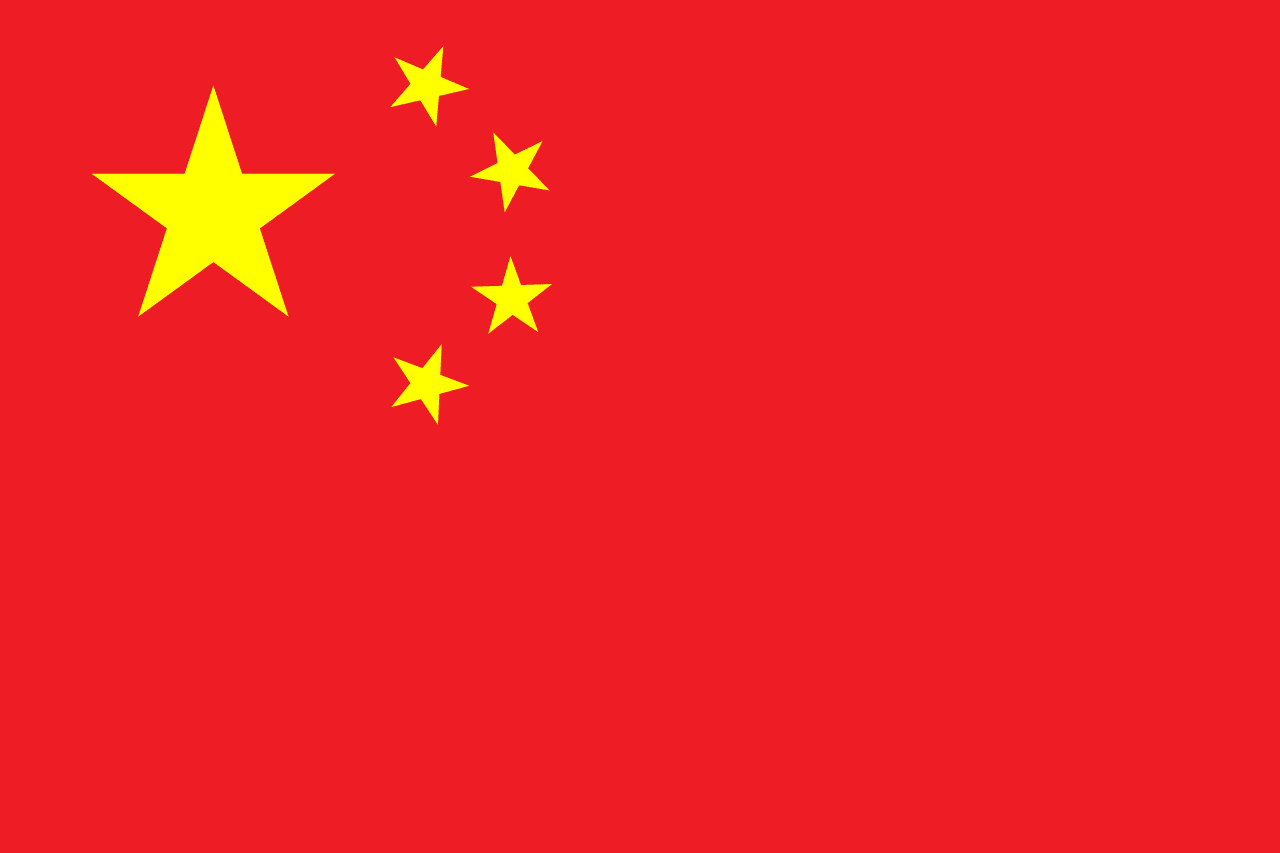
China
Asia
Red field with five golden stars representing unity under Communist leadership and the four social classes.

Russia
Europe/Asia
A horizontal tricolor of white, blue, and red, representing the Russian Federation’s national identity, history, and Slavic heritage.